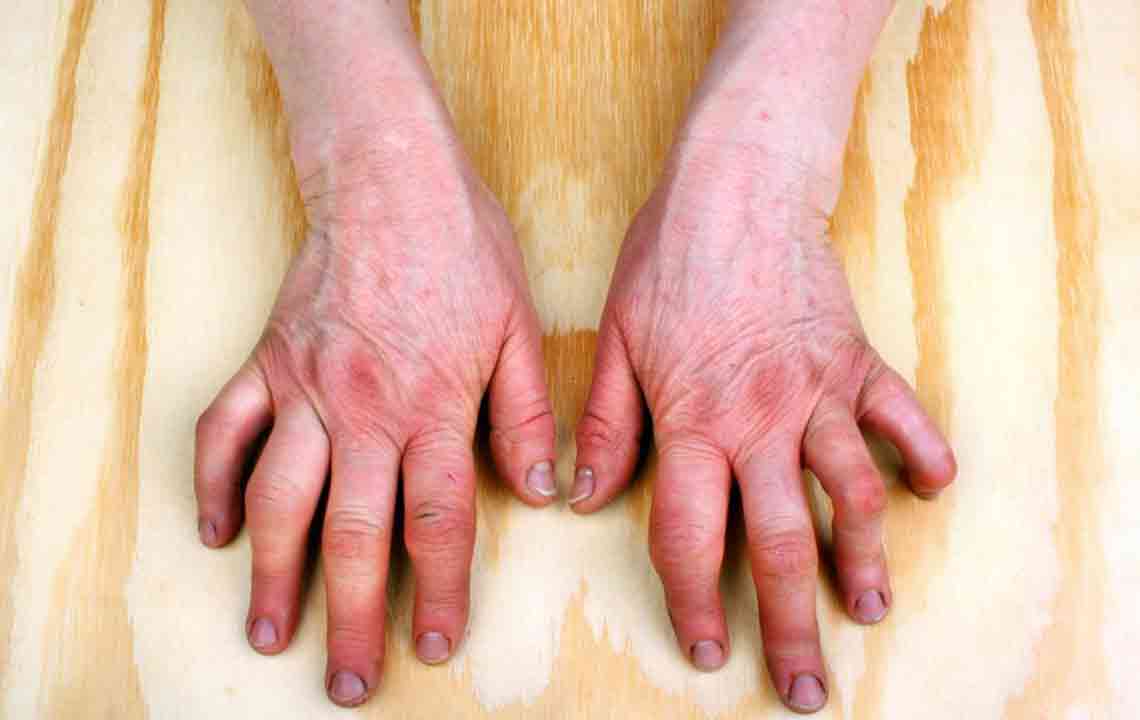What you should know about arthritis as a joint condition
The joints in our bodies are constantly working while we move our limbs. Hence, it is understandable that with time we may develop certain joint conditions that lead to pain and compromised mobility. One of the very common forms of these conditions is arthritis. It leads to joint inflammation. A condition that mainly affects people over 65 years of age, it can be more commonly seen in women.
Different stages of arthritis
There are many different types of arthritis, but the two most commonly occurring ones are rheumatoid arthritis and osteoarthritis.

- Stage 1
During this stage, inflammation occurs in the joints. Swelling, stiffness, and joint pains are common symptoms of this stage. The joint tissues swell up, too. - Stage 2
During this time, the joint lining, synovium, is inflamed even more and results in cartilage damage. The joints’ motion capability is compromised due to this, leading to pain. - Stage 3
In this stage, the severity of the joint condition becomes even more harmful. Rheumatoid arthritis leads to bone damages. This results in more pain, loss of mobility, and weakness of muscles. - Stage 4
This is the end stage where the joints stop functioning completely. It leads to more pain, stiffness, and swelling.
Osteoarthritis has four stages of progression, too.
- Stage 1
Tiny wear and tear may occur on the knee joints, and spur growths on the bone can be seen. It does not cause too much pain. - Stage 2
The bone spur growths increase and lead to pain. The knee joints start to become stiffer. - Stage 3
During this time, the joint inflammation leads to even more pain and stiffness. Walking can result in popping sounds, too. - Stage 4
The space between the bones in the joints become very narrow, which leads to wearing of the cartilages. A chronic inflammatory response is caused by the breakdown of cartilages and leads to even more discomfort and pain.
Diagnosis of arthritis
These joint conditions can be diagnosed by a doctor using medical tests. A physical exam will reveal if you have red and warm joints. The test is also performed to examine the fluid around your joints. A rheumatologist can analyze the levels of inflammation in your joint fluids and blood to determine what type of arthritis you have. Blood tests are also done to check for antibodies such as anti-CCP, rheumatoid factor, and antinuclear antibody. X-rays, CT scans, and MRI scans are also performed to check the condition of your cartilage and bones.
Prevention of arthritis
A family history of arthritis or aging can cause you to suffer from the disease, and you may not have any control over it. However, there are certain things that can be done to lower the chances of you developing arthritis. To start with, include omega-3 in your diet. You should also exercise regularly, keep your weight under check, not put your joints under stress, and try to avoid injuries.
If you ever feel any symptoms of arthritis, you should see your doctor immediately. They can help you slow the progress of the joint condition.




